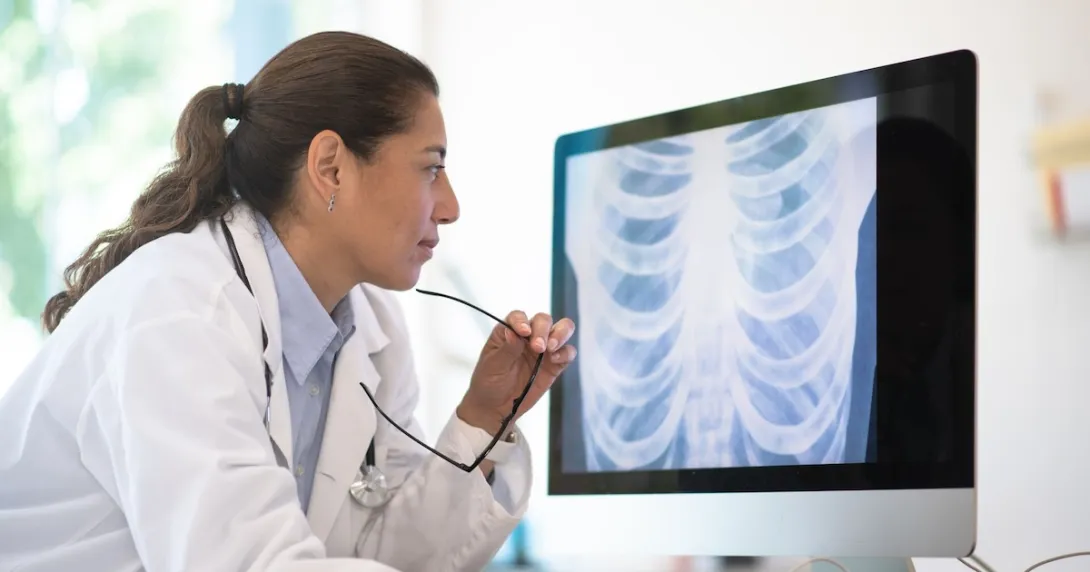
Australia’s national science agency, the Commonwealth Scientific and Industrial Research Organisation, has trained a multimodal language model to generate smarter chest X-ray reports.
A team of CSIRO scientists utilised more than 46,000 real-world patient cases from a large hospital dataset in the United States to train the model to generate detailed radiology reports.
A media release noted findings from their research that the model demonstrated "17% better diagnostic insights and stronger alignment with expert reporting." Findings from the CSIRO research were presented at an international conference on computational linguistics in Vienna, Austria.
Researchers reportedly equipped the AI model with more evidence, such as emergency department data like vital signs, medication history and clinical notes, to enhance its diagnostic performance. This veers from common AI-driven chest X-ray interpretation tools that rely solely on images and a doctor's referral.
"When you combine what’s in the X-ray with what’s happening at the bedside, the AI gets more accurate, and much more useful," explained study lead author Dr Aaron Nicolson.
WHY IT MATTERS
CSIRO said the development of the multimodal CXR AI comes amid a widening supply and demand gap for radiologists.
"This is a practical, scalable way to help overworked clinical teams, reduce diagnostic delays, and ultimately improve outcomes for patients," Dr Nicolson said.
"For hard-pressed radiologists confronting ever-increasing workloads, we need this type of automated multimodal technology to reduce cognitive burden, improve workflows, and allow timely and accurate reporting of chest X-rays for treating clinicians," commented University of Queensland professor Ian Scott, who is also a clinical consultant in AI at Metro South Hospital and Health Service.
The AI model is now being trialled at Princess Alexandra Hospital, part of Metro South Health, in Brisbane. The CSIRO team is also searching for other trial sites. Moreover, they have made their code and dataset free for use.
THE LARGER TREND
Asia-Pacific healthcare has also caught up with the development of multimodal AI models, which provide more complete and accurate analyses by combining various data modes like images and texts.
AI experts from Monash University, together with their international colleagues, recently developed a multimodal AI-based clinical decision support tool in dermatology. Trained on over two million skin images of four types, the model called PanDerm improved the diagnostic accuracies of both dermatologists and non-dermatologists.
This year, National Taiwan University Hospital is working on multimodal AI projects for optimising operational processes and enhancing patient service quality.
Meanwhile, CSIRO, through its data and digital arm, Data61, has also been involved in the development of AI models for detecting pathologies in dental X-rays.
